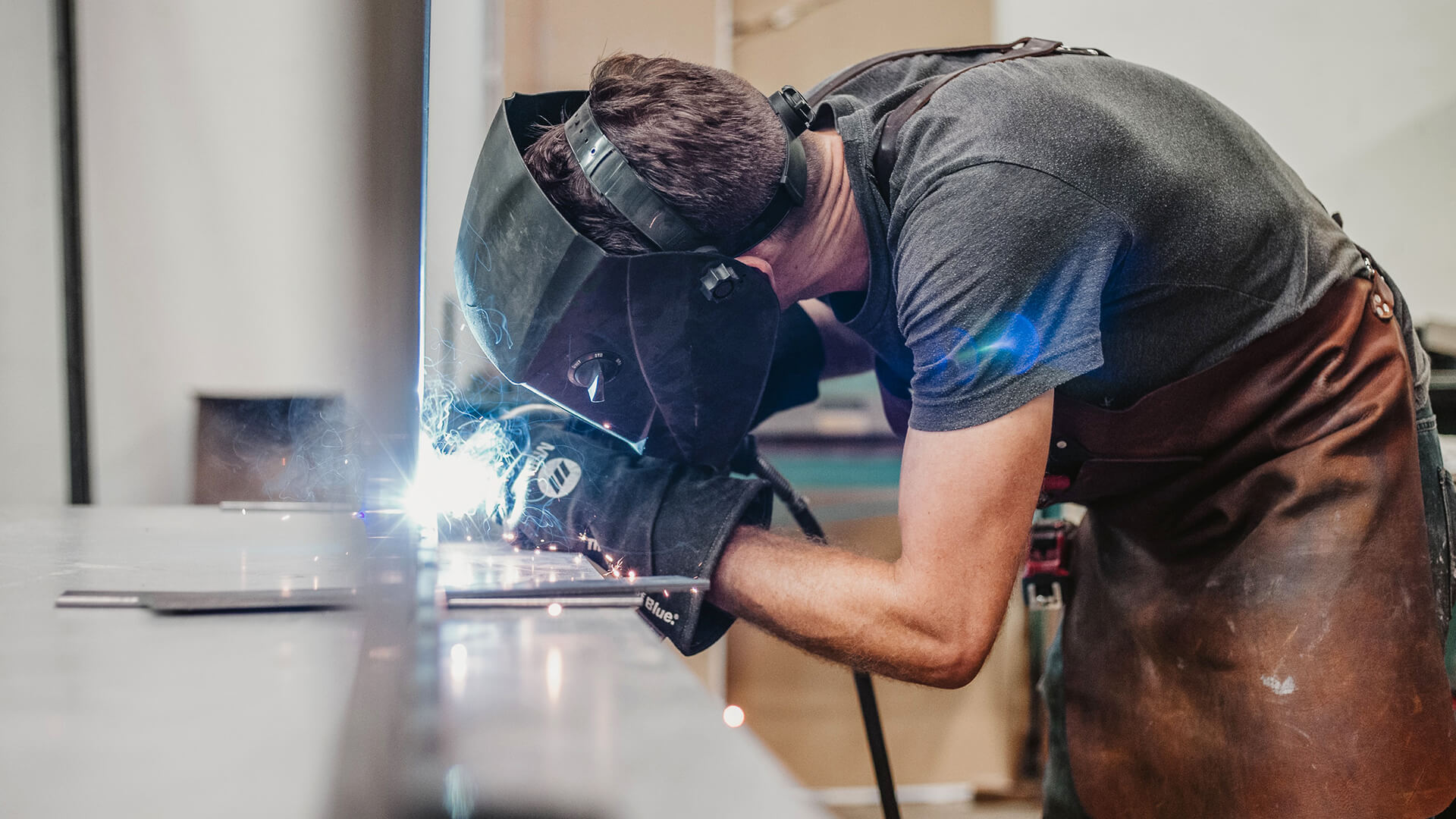Originally produced for the Innovation Economy Council (IEC). The IEC is now the The Conference Board of Canada’s Canadian Centre for the Innovation Economy (CCIE).
Read the detailed report here.
The past few decades have been challenging for Ontario, Canada’s manufacturing heartland. The 2008 recession wiped out nearly 250,000 manufacturing jobs. In the years that followed, several high-profile factory closures helped reinforce the false perception that manufacturing in Ontario is dead or dying.
The truth is that Ontario is still a manufacturing powerhouse. In fact, more than one in 10 of the province’s jobs are in manufacturing. However, the manufacturing sector is undergoing a fundamental transformation that has deep implications for what gets made — and how — in the province. This transformation is creating a sector that bears little resemblance to traditional manufacturing because it has become far more complex.
These were the findings of NGen, the federal government’s Ontario-based advanced manufacturing supercluster. The organization recently surveyed their 2,500 members, asking them whether they saw themselves as manufacturers, technology providers or service companies. Most said they were all three.
Other manufacturing leaders are saying pretty much the same thing.
“We’ve entered a new era in manufacturing,” argues Linda Hasenfratz, president and chief executive of Linamar. “It feels like manufacturing is turning into a technology business, more than anything else.”
Research by the Innovation Economy Council supports this. IEC data show that advanced manufacturing industries generated half of the more than 45,000 factory jobs created in Ontario since 2010. Over the past decade, employment has grown 98 percent in agricultural chemicals, 45 percent in aerospace, 42 percent in industrial machinery, 22 percent in auto parts, 17 percent in electronic components, 17 percent in medical equipment, and 14 percent motor vehicles. That compares to an average of 7 percent job growth across all manufacturing industries.
These sectors are vital to the economy because they account for an oversized share of economic output, exports and R&D, according to a 2018 report by the Martin Prosperity Institute and the Brookings Institution, Canada’s Advanced Industries: A Path to Prosperity. And they are more likely to pay higher wages. The average worker employed in an advanced industry earned nearly $60,000 a year — 50 percent higher than the Canadian average.
Advanced manufacturing is not exclusively about new technology. In many cases, advanced manufacturing has overtaken and transformed existing industries — particularly as technology becomes infused into almost every product or service Canadians consume.
For example, Canada has all the tools to be a major player in the technology side of the automotive business — which is increasingly important as cars become more technologically complex, AI-powered and autonomous machines. Ontario boasts a cluster of 19,000 information and communications technology (ICT) companies, ranking it second only to Silicon Valley in North America, according to the Global Affairs Canada report Invest in Canada: Canada’s Competitive Advantage. The Greater Toronto area now has the highest concentration of AI startups in the world. And nearly 80,000 people in the region work for 1,750 knowledge-based businesses, including multinationals such as Microsoft, Oracle, SAP, IBM and EMC-Dell.
These positions, and others across Ontario’s manufacturing sector, are high-value, high-tech jobs — a hybrid between manufacturing and technology work. In other words, manufacturing hasn’t died or disappeared in 2020. It simply looks nothing like the human-powered assembly lines of the 1970s. It’s been reborn into something new, far more exciting and ultimately more lucrative.
This report examines some of the successes among advanced technology manufacturing in Ontario and offers potential approaches to drive further innovation, collaboration, investment and commercialization.
1 in 10
Over 1 in 10 Ontario jobs are in manufacturing.
16%
Since the last recession, manufacturing employment is up a meagre 0.5 percent in Ontario. On the other hand, factory output (as measured by GDP) rose 16 percent between 2010 and 2019.
50%
Half of the 45,000 factory jobs created in Ontario since 2010 are in advanced manufacturing.
Contributions
Author: Barrie McKenna
Editor: Guy Nicholson
Data and analytics: Nigel Biggar






Comments